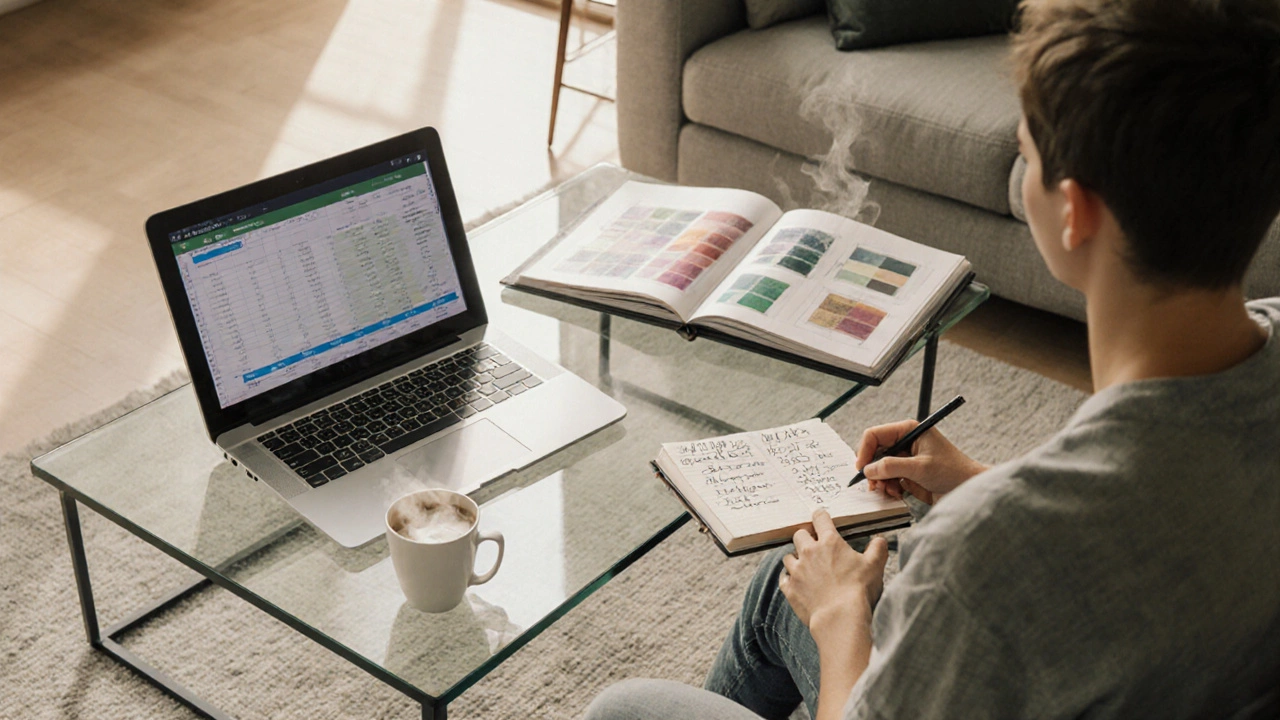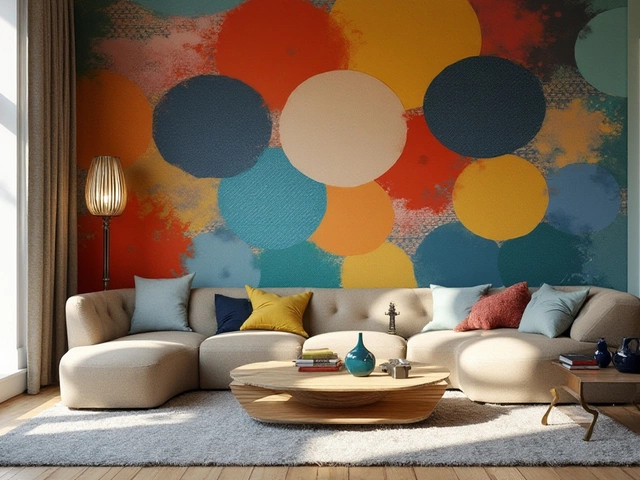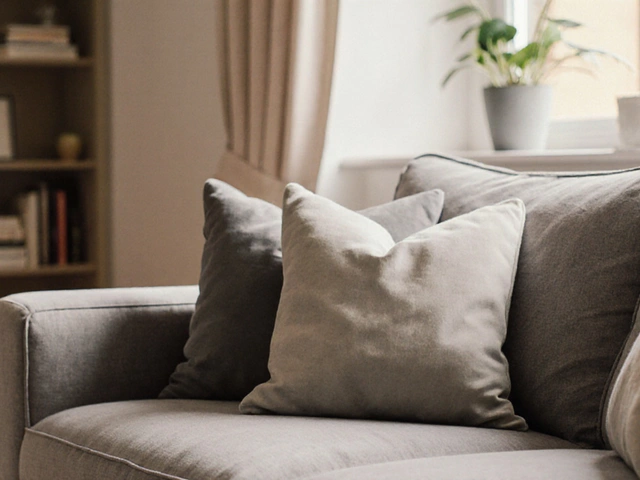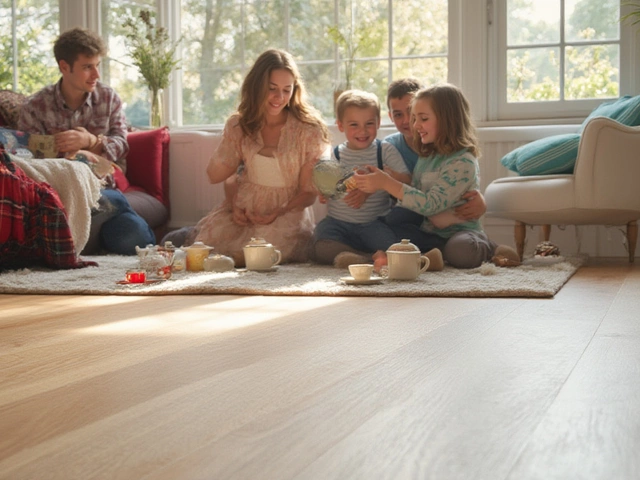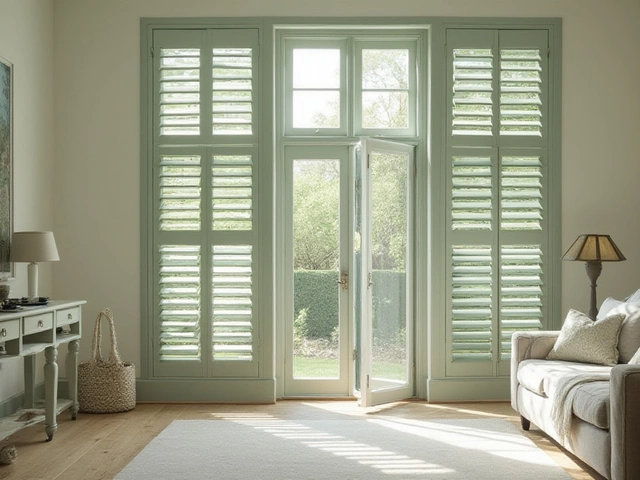Interior Design Cost: What You Need to Know
When working with interior design cost, the total amount of money spent on planning, materials, labor and finishing touches for a home interior project. Also known as design budgeting, it helps homeowners balance style aspirations with financial limits, the goal is simple: get the look you love without blowing your budget. interior design cost isn’t just a number; it’s a roadmap that connects every decision you make, from paint shades to furniture placement. Understanding this roadmap lets you spot where to spend, where to save, and how each choice influences the next.
Key Factors That Drive Your Interior Design Cost
First, material selection sets the baseline. High‑end marble or custom hardwood will push the price up, while reclaimed wood or paint‑grade tiles keep it low. Next, labor matters: hiring a professional designer adds expertise but also fees, whereas a DIY approach can cut costs dramatically. Speaking of DIY, the DIY storage building, building your own shed or storage unit trend shows how a little sweat can replace pricey pre‑built solutions. The same logic applies to budget bathroom, a bathroom makeover that uses affordable fixtures and clever design tricks. By swapping expensive vanities for painted cabinets, you cut cost without losing style.
Lighting is another high‑impact area. Choosing the right fixture can make a room feel larger, reducing the need for extra square footage. The luxury curtain, premium fabrics and hardware that elevate a room’s look can be toned down with budget‑friendly fabrics that still give a tailored feel. Remember, each element links back to the central budget: material choices affect labor time, labor time influences overall cost, and lighting can offset the perceived size of a space, which may reduce the need for additional furnishings.
These relationships form a clear chain: interior design cost encompasses material selection, labor, and finishing details; budgeting for interior design requires smart trade‑offs between quality and price; and DIY projects influence overall cost by reducing labor expenses. By seeing how each piece fits, you can plan a cohesive design that meets both aesthetic goals and financial constraints. Below you’ll find a curated list of articles that dive deeper into specific topics—room‑by‑room ideas, cost‑saving hacks, and step‑by‑step guides—so you can start budgeting confidently and create a home that tells your story without breaking the bank.

